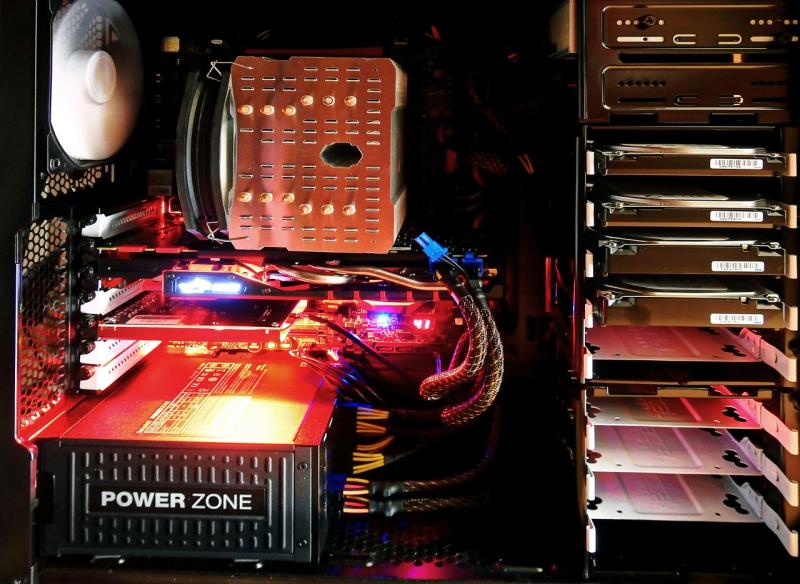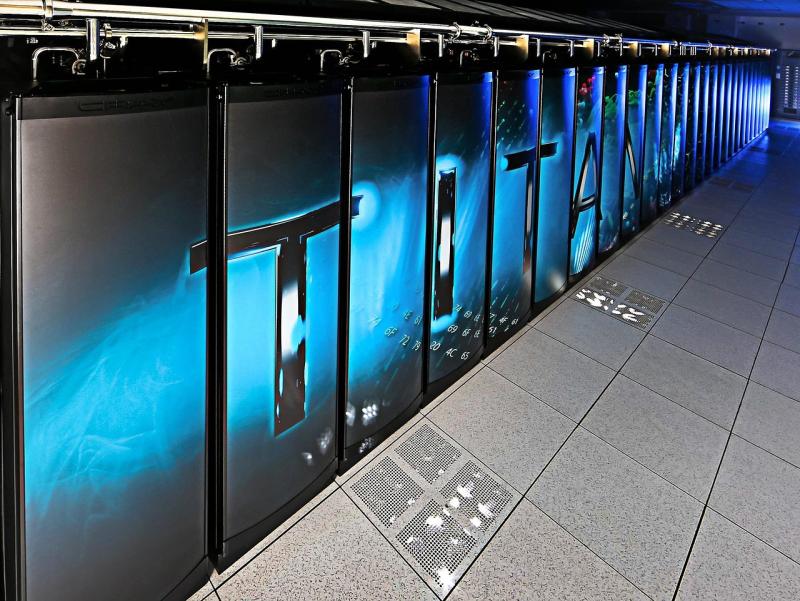Archaeology bridges history, science, and technology, uncovering and preserving humanity's rich heritage. Workstations tailored for archaeological research provide the computational power, visualization tools, and data management capabilities required to analyze findings, reconstruct ancient artifacts, and safeguard cultural treasures. These systems empower archaeologists and researchers to explore the past with precision and care.
---
### **Excavating Data with Computational Power**
Archaeological workflows involve tasks such as 3D site mapping, geophysical surveys, and artifact restoration. Multi-core processors in these workstations enable efficient processing of lidar scans, photogrammetry, and stratigraphic analysis, ensuring accurate results for site exploration and artifact cataloging.
---
### **Reconstructing History with Visual Accuracy**
Visualizing archaeological sites and artifacts requires high-performance GPUs. These workstations enhance 3D modeling, virtual reconstructions, and high-resolution imaging, enabling researchers to study and share discoveries with exceptional clarity.
---
### **Memory for Complex Multidisciplinary Data**
Archaeology often integrates diverse data sources, from excavation records to chemical analyses. With RAM configurations up to 1TB, these workstations support seamless multitasking for managing large datasets, spatial analysis, and multidisciplinary collaborations.
---
### **Preserving Discoveries with Secure Storage**
Archaeological projects generate critical data, such as site maps, artifact models, and historical records. These workstations combine ultra-fast NVMe SSDs for immediate access to active projects with high-capacity HDDs or RAID systems for archiving research data and ensuring long-term preservation.
---
### **Optimized for Archaeological Tools**
Tailored for platforms like ArcGIS, Agisoft Metashape, and AutoCAD, these workstations enhance workflows for spatial analysis, digital mapping, and artifact digitization. GPU acceleration ensures efficient rendering of landscapes and artifact reconstructions.
---
### **Applications Across Archaeology**
- **Site Mapping:** Create accurate digital maps of excavation sites using lidar and GPS data.
- **Artifact Reconstruction:** Restore broken artifacts through digital modeling and 3D printing.
- **Cultural Heritage Preservation:** Digitize historical monuments and artifacts for future generations.
- **Environmental Analysis:** Study changes in landscapes to uncover historical land use and settlement patterns.
- **Educational Outreach:** Develop interactive exhibits and virtual tours to share discoveries with the public.
---
### **Built for Rigorous Field and Lab Work**
Archaeological research often requires extended fieldwork and detailed laboratory analysis. These workstations are constructed with industrial-grade components to ensure reliable performance in diverse environments and demanding workflows.
---
### **Future-Ready for Archaeological Advancements**
As archaeology adopts emerging technologies like AI-based artifact recognition, drone mapping, and immersive VR reconstructions, these workstations are built to scale. Modular architecture allows researchers to upgrade processors, GPUs, and memory as new tools and techniques emerge.
---
**Preserving the Stories of Humanity**
Workstations for archaeological analysis and preservation empower researchers to delve into history with advanced tools and techniques. By combining robust computing power, exceptional visualization capabilities, and secure data management, these systems help uncover and protect the remnants of our past. From ancient artifacts to entire historical sites, these workstations illuminate the journey of humanity through time.
View our related products
See more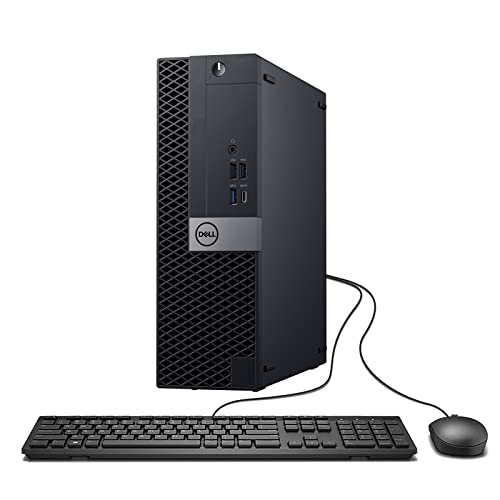
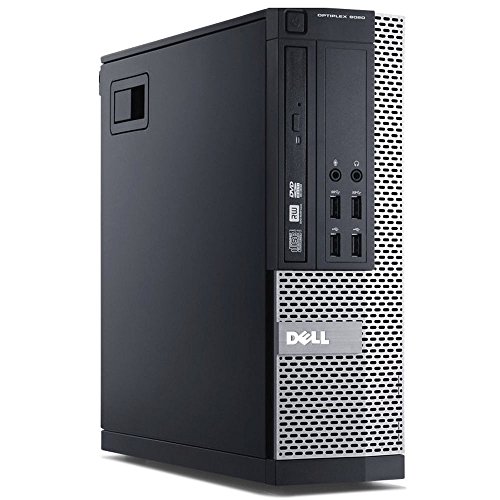
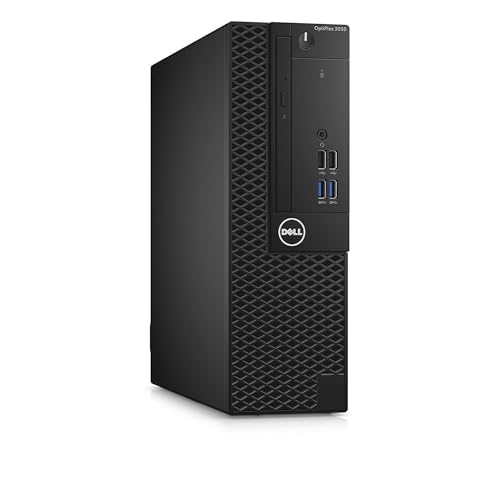
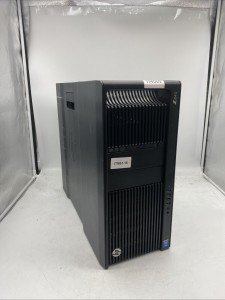
Illuminating the Past: Workstations for Archaeological Analysis and Preservation
Light Up History with the Right Tools for Archaeology
Related Articles
Essential High-Performance PC Components You Need Now
Upgrade your setup with the must-have parts for unbeatable gaming and productivity
Top Picks for Best High-Performance PCs
Find the perfect power machine for gaming, work, or creative projects
Your Guide to the Best High-Performance PCs
Find the Right PC for Your Gaming and Creative Needs
View our related products
See more



